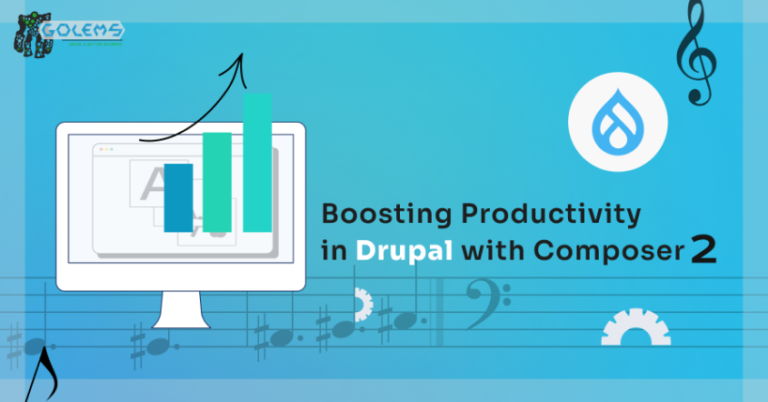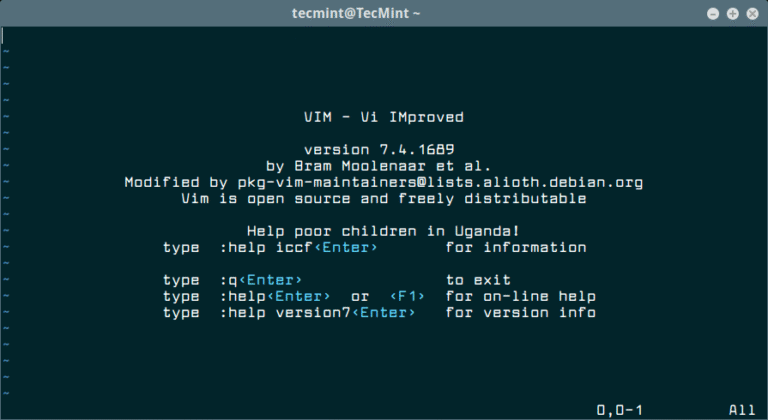
There’s little question that data is vital for today’s companies. That’s why it’s troubling that so few companies are using it well. For example, only 41% of companies use it to guide strategic initiatives. A recent McKinsey report also found that 48% of high-growth firms report that data quality issues represent a barrier to using it for strategic planning. This demonstrates that despite the potential benefits, many organizations struggle with data management and quality.
Humanizing data might be the solution. It will give employees a sense of how important it is, which in turn will make them more likely to identify with data outcomes. In the long run, humanizing data will lead to a leaner, more efficient company.
Consider a company that calls itself “the company that cares for its workforce.” This is the type of company that should know its employees. But consistently getting names, notifications, and other basic information wrong could make that company seem like it doesn’t care.
Why Humanizing Data Is Important
It doesn’t have to be complicated. These three basics will take your business a long way. By focusing on communication, integration, and ongoing effort, organizations can transform their data into a more effective and humanized resource.
More specifically, data needs to feel personal because:
By focusing on improving data quality, making data more accessible and relatable, and providing a deeper context for how data is used, companies can maximize the value of their data and create better customer experiences. As data becomes more humanized, organizations will be better positioned to innovate, adapt, and thrive in a rapidly changing digital landscape.
- Intangibles are often dynamic and require context. For example, consider the data that makes up a customer record. Attributes such as a company name, address, and contact information seem basic, but the reality is these attributes change at an alarming rate when you look at a customer population as a whole. Customers have growing, shrinking, and changing businesses, too. Failing to track and update this data means risking providing outdated or irrelevant services, which could alienate customers.
- A customer isn’t just a record. Attached to a customer are orders, opportunities, and interactions that all build on the context of how a company serves and benefits from a customer. Learning and visualizing that context takes time, especially if it’s only supported through tribal knowledge. By humanizing data, organizations can better understand the needs of their customers, improve relationships, and create more personalized experiences.
- It helps to bridge the likability gap and manage the organizational change to a digital enterprise. Stories that humanize data are essential in outlining the expectations for adding value, managing risk, and providing services to the customer. Humanizing data provides meaningful stories that quickly capture the context of data value and use. This enables organizations to make better decisions based on more insightful and actionable data.
How to Humanize Data
This is important to acknowledge, as according to recent Gartner research, inaccurate and low-quality data can result in over million in lost benefits per year for the average enterprise. This highlights the urgent need for better data management practices and emphasizes the importance of data accuracy and quality control.
- Spread the word. I’ve seen some spectacular examples of organizations humanizing data through videos, tent cards, gamification, and other messaging techniques that revolve around the “so what” and connect the data driving the event. There is no universal way to do this; each company culture responds to communication differently. However, companies simply need to make sure their methods start conversations. For example, creating interactive dashboards or infographics can help employees and customers visualize data in more relatable and engaging ways.
- Start during the orientation. Most organizations expend their change management efforts when change becomes necessary for more experienced workers. But there is a steady stream of younger, more digitally savvy employees entering the picture. Spell check and text messages are the norm for them, and these team members will be trusted to steward data in systems that were implemented around the time they got their first cell phones. The systems are neither smart nor agile and don’t have a sense of humor for what Siri misinterpreted. They do exactly what you tell them, whether you mean to say it or not. By incorporating data literacy training during orientation, you can help these employees understand the importance of data management and the role they play in ensuring data quality.
- Communicate every data issue by starting with the human elements and outcomes. Repetition and practice are important for reinforcement. Those who can best communicate the contextual use and value of information and insights will determine leadership in the digital era. If we want to develop digital leaders, we have to practice and become versed in understanding data context and how it applies to problem-solving and innovation in the future. For example, using case studies or success stories can help reinforce the human impact of data and show how data-driven decisions can lead to better outcomes.
The modern enterprise is digital. It relies on accurate and timely data to support the information and process needs of its workforce and its customers. However, data suffers from a likability crisis. It’s as essential to us as oxygen, but because we don’t see it, we take it for granted. Because we take it for granted, we don’t often think we need to go open a window for fresh air.
We work with data constantly but often don’t see how that data is used. Thus, it’s difficult to visualize the tedious work behind the product, which affects what we are “selling” as an experience or an outcome.
By Gary Bernstein
Why would an organization expend the effort to humanize data? The simple answer is that it reduces risk, improves business performance, and (to an increasing degree), it’s a necessity in transitioning to digital excellence. Every industry will have laggards who change slowly, but the best examples are organizations that recognize that data is underutilized within their businesses.






